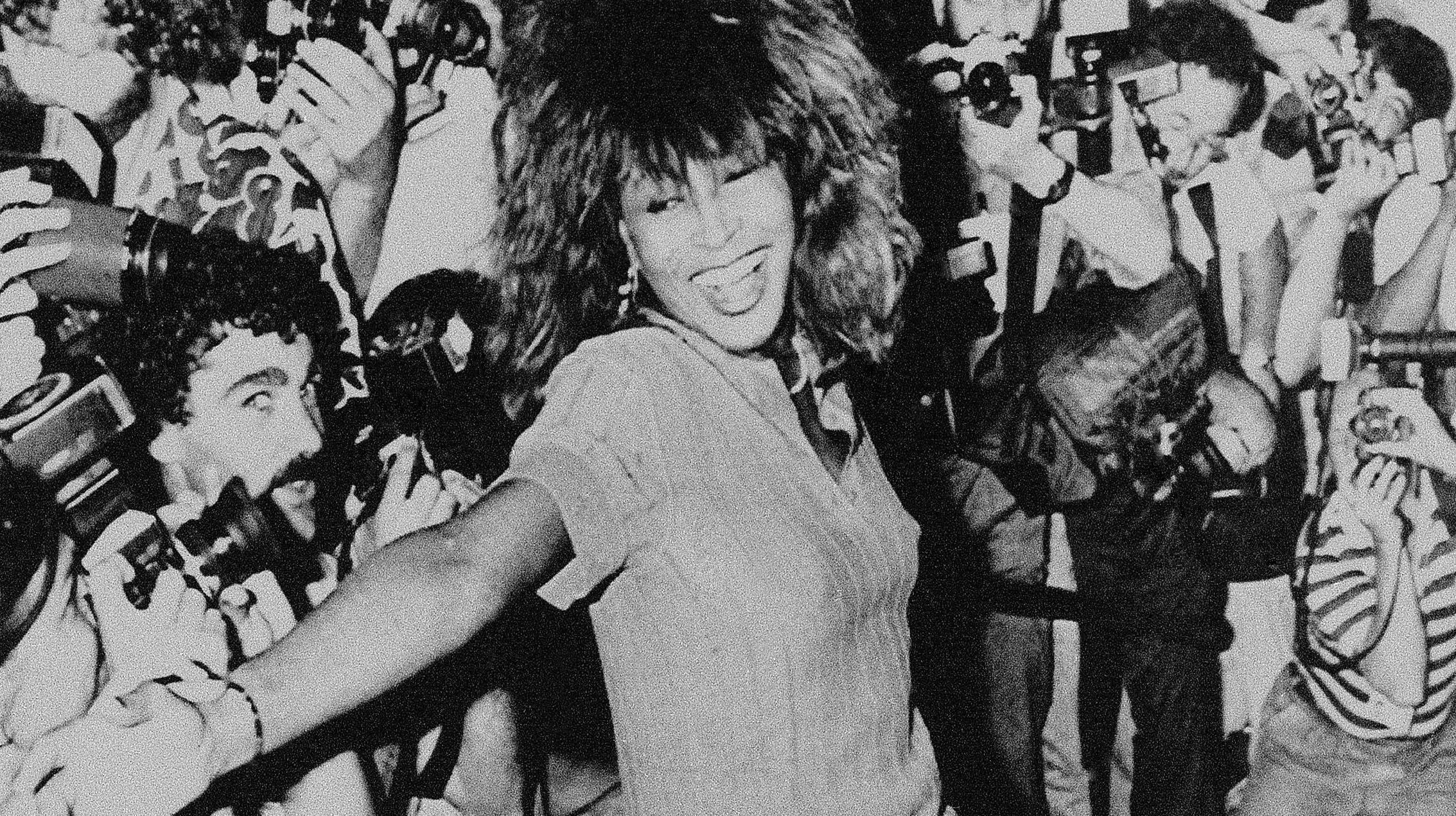As a teen growing up in Tennessee, I often danced around the house to the lively beats of Ike and Tina Turner.
In college and beyond, I continued to follow Tina’s career, so I knew about her astonishing dance moves and gravelly voice. I was relieved when she finally left that abusive marriage to Ike Turner in 1976 with 36 cents and a gasoline credit card in her pocket. When she made an incredible career comeback, I was overjoyed. And I rejoiced when Tina found love again.
When I heard that the performer had died on May 24 at age 83, I was saddened along with millions worldwide. For many years, when people asked about my most memorable interview, without hesitation I responded that Tina Turner was the most intriguing and unpretentious entertainer I had encountered during my 30-year career with Ebony magazine.

I first met Tina Turner in 1982. As a teenager, I never imagined I’d meet any celebrity. But I always knew I wanted to be a writer, and that goal led me to Ebony and on to Tina Turner. She was 42-years-old at the time and living by herself in Sherman Oaks, California.
I worked hard to secure the interview, yet I had no idea what to expect from this entertainer who had experienced a rough childhood and even rougher marriage. We ended up with a special connection due to our Tennessee roots. She told me she had chopped and picked cotton and how much she hated farm work. I could relate, for though I too had picked cotton, I did it more for fun than out of necessity.
While in the fields, she said she dreamed of being in movies and singing on stage, and often sang as she worked. She also sang at church.
While showing me around her tastefully decorated home, Tina pointed out her Buddhist shrine. “I meditate mornings and evenings,” she told me. “I grew up Baptist, but now I’m a Buddhist. I still believe in God.”
I was surprised when she said, “I love to clean house,” and that cleaning was an “outlet” for her, as was gardening and decorating. “That’s the maid in me coming out.” We laughed.
By that time, Tina had toured the world, even performed with the Rolling Stones and Rod Stewart on television and in Las Vegas, and was doing solo club dates. She told me she was pondering exactly where she, her distinct voice and trademark legs truly fit into the music industry. She questioned if Black audiences liked her rock music and moves. “R&B is moody, rock ‘n’ roll is physical. I’m a physical person,” she said. “I like to move my feet. . . Whites like that energy. Blacks like a groove. They like to be cool. But it’s hard for me to be cool.”
It was an interesting assessment; she pointed out she was already more popular in Europe. So, I was not surprised when Tina starting spending much of her time in England. In 1984 she released the multiplatinum “Private Dancer” album, which earned Record of the Year Grammy and offered the hit single, “What’s Love Got to do With it.” Tina Turner’s life and career were forever changed.
In 1986, “Break Every Rule” sold 5 million copies and won another Grammy, followed by “Foreign Affair” in 1989, with the hit “[Simply]The Best.” Tina then made history with the largest and highest-grossing concerts and tours headlined by a female artist.
I stayed in touch with Tina and interviewed her several times over the years. One story focused on her fabulous home in France. During another interview, she excitedly told me about Erwin Bach, the 16-years-younger German music executive she met in London in 1985. (They finally married in 2013 and were together 37 years.)
In spring 1996, I was pressured by my publisher to secure an interview with Tina, then at the height of her popularity. I was able to snag a coveted interview to take place in Bremen, Germany, or Copenhagen, Denmark. Before the concert in Bremen, Tina greeted me warmly. “Of course, I remember you, Lynn,” she said with a brilliant smile. “We have that Tennessee connection.” That made me feel good. She knew I had arrived in Germany hours late and without my luggage. “You look great,” she assured me, despite my travel-weary clothes and body.
As I stood on the field of the soccer stadium packed with 50,000-plus fans, Tina suddenly bounced onto the stage and screamed repeatedly to the crowd, “Tell me what you want!” They yelled back: “You, Tina! You, Tina!” Then she launched into “Whatever You Want” from her new “Wildest Dreams” album, which was already a hit in Europe.
I was mesmerized as the then-57-year-old entertainer worked the stage for two hours with 20 songs, six costume changes, and nonstop dance moves. I was invigorated and forgot I hadn’t slept in two days.
When I interviewed Tina in Copenhagen the next day, I asked how she maintained such remarkable stamina. “At my age, to be able to perform and feel great and enjoy it, I’m eating healthy . . . No salt. I don’t enjoy it.”
When we discussed Erwin Bach, she glowed. The couple lived in Switzerland and had been together 10 years. “Erwin is a good companion, extremely secure,” she told me. “There is no stress because we are both independent. He works, he has his money. I work, I have my money,” she said. “I make more money that he makes,” she added, but that didn’t interfere with their harmony, she said. “He makes me happy. It’s a good healthy relationship.”
She moved to Europe in the mid-’80s “partly” because of Bach (“I love him”), but also because she could not find a music producer in the United States who would work with her. Yet, “many producers in Europe were jumping up and down to work with me,” she said.
Turner’s renowned legs had secured a million-dollar deal with Hanes hosiery. “Growing up, my legs were thin and long, and that wasn’t very stylish in our race. It was a different culture.” She said “big legs” were preferred then, and she was in her 40s before she appreciated her own legs. “Now they are paying the bills.”
When asked about her “wildest dream,” Tina said she was living it. “My wildest dream, after I got my divorce from Ike, was for all of this to happen. To pack a stadium. To walk out on stage to that many people who have come to see you, what that feels like . . . I’ve had my wildest dream. To retire on the top would be beautiful.”
Tina continued to live her wildest dreams. There were the movies, the books, the Broadway musical depicting her life, the 12 Grammy Awards and two Rock ‘n’ Roll Hall of Fame inductions.
While others might have settled for a mediocre, after-40 career, Tina Turner remade herself and staged an incredible comeback in her career and personal life.
Tina Turner was “Simply the Best” in so many ways.
Bolivar, Tennessee, native Lynn Norment spent 30 years as a writer and editor with Ebony magazine and is a ational Association of Black Journalists Hall of Fame honoree.








